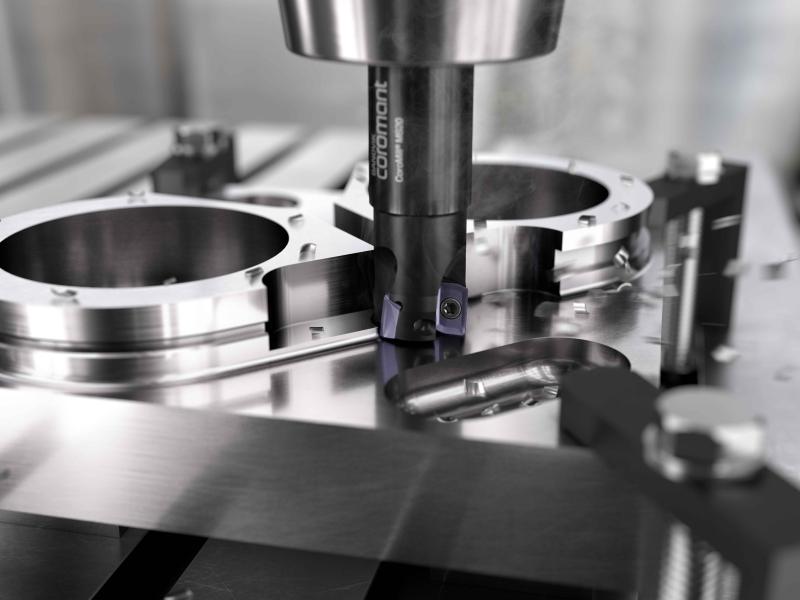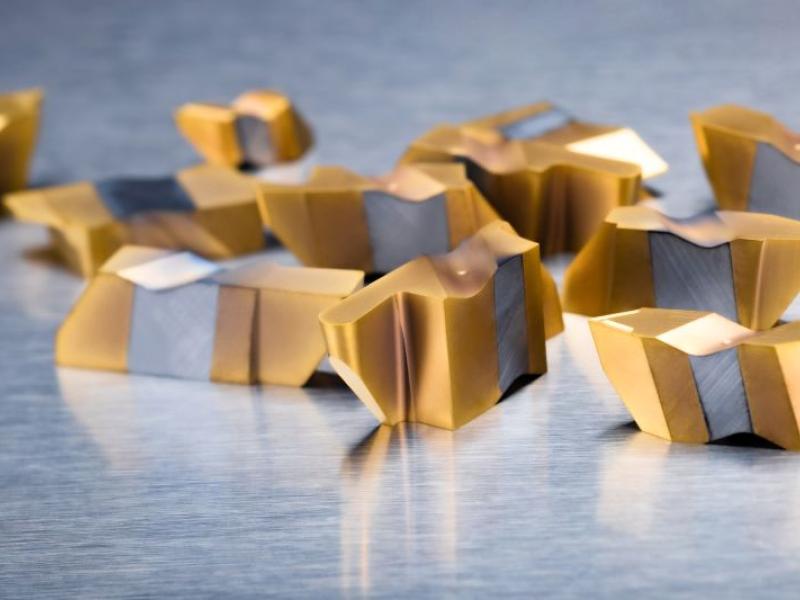The requirements of vacuum technology for the safe handling of wooden workpieces are as various as they are demanding. That's because renewable raw materials are often processed in a harsh working environment. A lot of dust and chips can compromise trouble-free gripping, as too can knot holes, porosity, twists and cracks. On the other hand, painted surfaces require particularly gentle treatment. Uneven stacking patterns, different dimensions and an often undefined workpiece pick-up position, create further challenges for handling technology. Furthermore, the wood industry demands fast cycle times, falling production costs and energy efficiency. With its product range, Schmalz (from Germany's Black Forest) provides support along the entire value creation chain. This includes vacuum components, vacuum gripping systems, systems for manual handling as well as clamping solutions.
Manual work processes are particularly common in the wood and furniture industry, for moving wooden boards, pre-cut parts and assemblies. For example, Schmalz vacuum handling systems that are operated manually are used for the loading of panel dividing saws. In order to reliably grip different formats and weights, the vacuum specialist has two series in its product range: the vacuum tube lifter Jumbo and the vacuum lifting device VacuMaster. Schmalz offers the appropriate suction pads for both series depending on requirements. The tube lifter Jumbo makes the frequent lifting of workpieces with different shapes up to a weight of 300 kilograms easier. The device is operated by just one person – precisely and ergonomically. Handling and loading times can be significantly reduced. The vacuum lifting devices from the VacuMaster series are suitable for transporting wooden workpieces with a weight of up to 2,000 kilograms and can also be operated by one person. They have a modular design and are sturdy and reliable. For ergonomic work at all heights, Schmalz has swiveling operator handles in its product range. With suction pads, that are continuously adjustable on the beam, unwieldy sheets in different sizes can be moved easily. The lifting device VacuMaster Window is recommended for the safe transportation of sensitive glass sheets and windows as well as multi-sash windows. Finally, the entire potential for rationalization can be increased in combination with aluminum cranes from Schmalz. They are very responsive, which particularly has a positive effect on ergonomics as well as the efficiency of internal material flow. The effort required to move the crane is low; the workpieces can be easily and quickly moved on the swivel arm and put in the desired position.
After lifting a sheet and moving it with a crane, the next process step is often the depositing and processing of it on a CNC machining center. Schmalz offers a variety of clamping solutions for such machines from different manufactures. Vacuum blocks safely fix the flat workpieces on the underside, and the machine can then process the sheet on all edges as well as on the upper side. The company developed new vacuum blocks for use with the CNC wood machining tools manufactured by the Italian company Biesse. The VCBL-B suction pads are compatible with the original suction pads and can be easily attached in the suction block mount on the machine. The suction pads from Schmalz eliminate the costly replacement of complete vacuum blocks in the event of collision or wear: It is possible to simply replace the suction plates. In conventional systems, the entire vacuum block has to be replaced. Schmalz thereby lowers the costs for spare parts and reduces machine downtimes.
With automated systems from Schmalz, users can exploit further potential for rationalization for wooden materials. For example, the FXP/FMP area grippers, which have been proven in practice many times, are suitable for use in the furniture industry. This enables the handling of coated wood in many shapes and sizes. Schmalz has equipped the system with a special insert element and leak-free check valves to optimize flow. Tests have indicated that the gripping system generates on average 86 per cent more suction force on unplaned workpieces and 87 per cent more suction force on workpieces with smooth surfaces than comparable products on the market. For the user, this means reliable gripping of workpieces, improved energy efficiency and cost-effective manufacturing.






